No products in the cart.
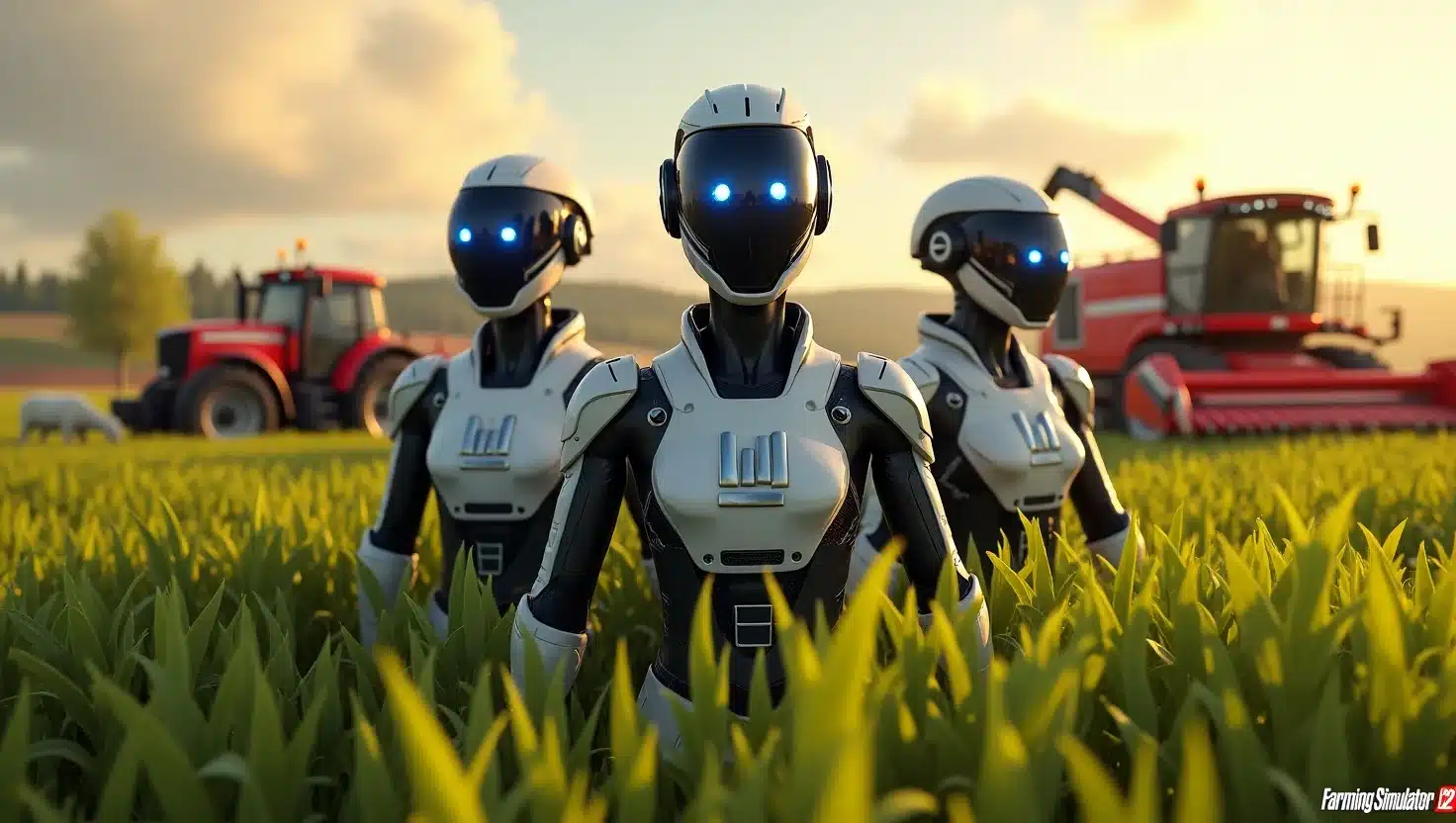
1. Introduction
Agriculture has always been at the heart of human civilization, but with a rapidly growing global population, traditional farming methods are struggling to keep up. Challenges such as climate change, labor shortages, and inefficient resource management have made it necessary to embrace innovative solutions. This is where AI in agriculture and robotics in farming are making a significant impact, transforming how farmers grow, monitor, and harvest crops.
With AI-powered farming, modern agriculture is moving toward automated farming systems that use machine learning in agriculture to optimize crop monitoring, irrigation, and pest control. Farmers can now leverage AI farming solutions to analyze data, predict weather changes, and make real-time decisions, leading to higher crop yields and better resource efficiency.
In addition, agricultural robotics and smart farming technology have revolutionized traditional farming by introducing autonomous machines that handle planting, watering, and harvesting with minimal human intervention. These innovations improve productivity, reduce operational costs, and pave the way for precision agriculture, where every aspect of farming is optimized for maximum efficiency.
As technology continues to evolve, the future of farming will be shaped by advanced AI and robotics, ensuring a more sustainable and productive agricultural industry.
2. The Role of AI in Agriculture
The integration of AI in agriculture is revolutionizing traditional farming by enhancing efficiency, accuracy, and productivity. Farmers are now utilizing AI-powered farming technologies to monitor crops, optimize resource usage, and make data-driven decisions. With the ability to analyze vast amounts of data, AI enables precision agriculture, allowing farmers to detect plant diseases, predict weather patterns, and automate critical farming processes.
One of the most significant advantages of AI farming solutions is real-time crop monitoring. AI-driven drones, sensors, and satellite imagery provide farmers with detailed insights into soil health, moisture levels, and pest activity. This eliminates guesswork and ensures that resources like water, fertilizers, and pesticides are used efficiently. Machine learning in agriculture helps identify patterns and anomalies, enabling farmers to prevent crop damage before it becomes a major issue.
Additionally, AI is at the core of precision agriculture, where every aspect of farming is optimized for maximum yield with minimal waste. AI-powered irrigation systems adjust water distribution based on soil and weather conditions, reducing water wastage. AI-driven autonomous machines assist with planting, weeding, and harvesting, reducing labor costs and improving productivity.
By adopting AI farming solutions, the agricultural industry is transitioning into a more sustainable and data-driven era, ensuring that farmers can meet the growing demand for food while preserving natural resources. The future of automated farming is promising, with AI continuing to drive efficiency and innovation.
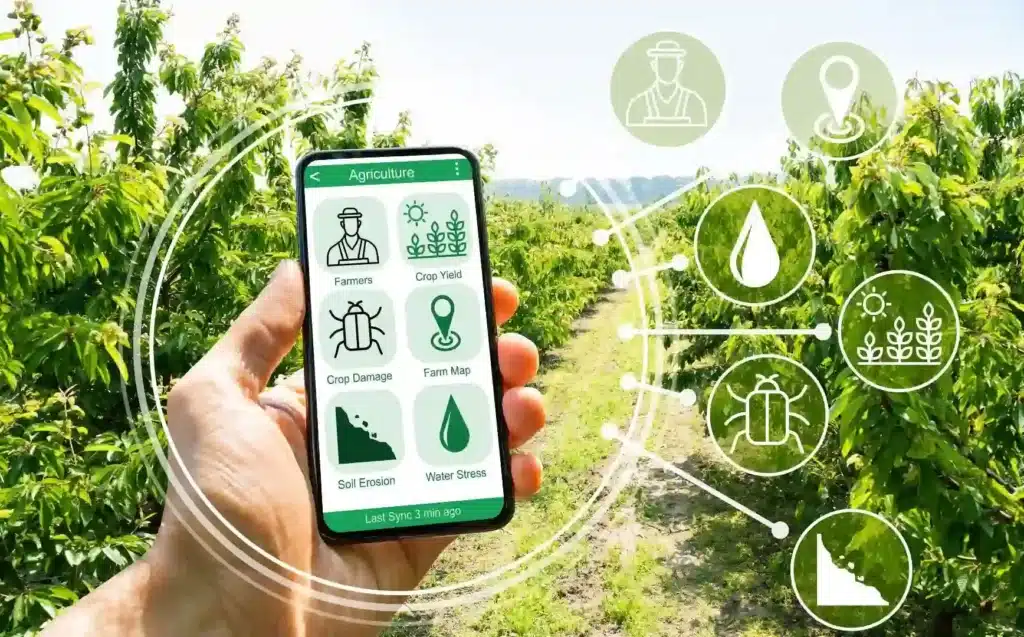
3. Robotics in Agriculture
The use of robotics in farming is transforming traditional agriculture by automating labor-intensive tasks and improving efficiency. With advancements in AI-powered farming, robots are now capable of handling everything from planting and monitoring to harvesting and packaging. This shift towards automated farming helps address labor shortages, reduce operational costs, and increase crop yields with precision and accuracy.
One of the most notable innovations is the development of autonomous tractors and drones. Unlike conventional tractors, AI-powered autonomous tractors can operate without human intervention, using GPS, sensors, and machine learning to navigate fields, plant seeds, and apply fertilizers with pinpoint accuracy. This ensures optimal resource usage while reducing human error. Meanwhile, drones in agriculture play a crucial role in monitoring crop health, mapping fields, and spraying pesticides. Equipped with high-resolution cameras and AI analytics, these drones help farmers detect issues like pest infestations and nutrient deficiencies before they become major problems.
As agricultural robotics continue to advance, farming is becoming more precise, efficient, and sustainable. The integration of smart farming technology is not just improving productivity but also shaping the future of farming, where automation and AI work hand in hand to meet the world’s growing food demands.
4. AI and Machine Learning in Precision Farming
The integration of AI and machine learning in agriculture is revolutionizing precision farming, allowing farmers to make smarter, data-driven decisions. By leveraging advanced AI farming solutions, farmers can optimize every aspect of their operations, from soil management and irrigation to crop protection and harvesting. These technologies help maximize yield, reduce costs, and minimize environmental impact, making farming more sustainable and efficient.
One of the key advantages of AI in precision agriculture is data-driven decision-making. Traditional farming relied heavily on experience and manual observations, but AI-driven systems now analyze vast amounts of data collected from sensors, drones, weather stations, and satellite imagery. This real-time information helps farmers monitor soil health, detect pests, and determine the optimal time for planting and harvesting. With AI, decisions are no longer based on guesswork but on accurate, actionable insights that improve productivity.
Another major breakthrough is predictive analytics for yield optimization. By analyzing historical weather patterns, soil conditions, and crop performance data, AI-powered models can predict future yields with high accuracy. This allows farmers to plan their resources effectively, optimize irrigation schedules, and apply fertilizers more precisely. Additionally, AI-driven forecasting helps farmers prepare for potential risks such as droughts, pests, or extreme weather, ensuring they can take proactive measures to protect their crops.
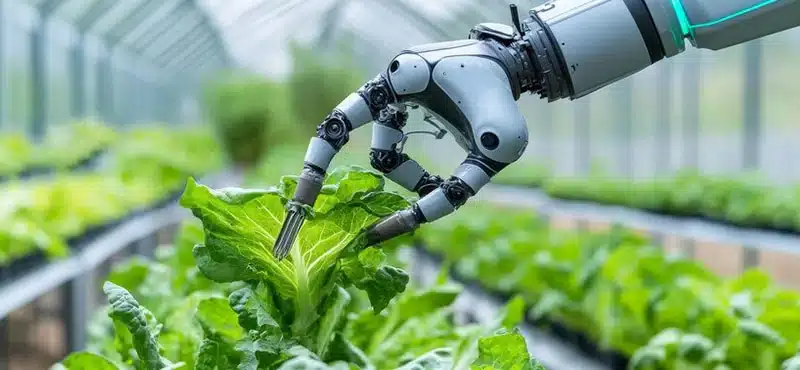
5. Benefits of AI and Robotics in Farming
The adoption of AI and robotics in farming is driving a major transformation in the agricultural industry, making farming more efficient, productive, and cost-effective. With the help of AI-powered farming solutions and agricultural robotics, farmers can overcome traditional challenges, such as labor shortages, unpredictable weather conditions, and inefficient resource management. These technologies are not only improving crop yields and profitability but also contributing to sustainable and environmentally friendly farming practices.
Another major advantage is reduced labor costs. The agriculture industry has long faced labor shortages, especially in regions where farming is a seasonal occupation. By implementing AI-powered autonomous machines, farmers can reduce their dependence on human workers, saving money on wages while maintaining productivity. Autonomous tractors, robotic weeders, and drone sprayers can perform labor-intensive tasks around the clock, significantly cutting down on labor costs and ensuring consistency in farming operations.
AI and robotics also contribute to efficient resource management, which is essential for sustainable farming. With smart farming technology, AI-driven sensors and systems analyze real-time data to optimize water usage, reduce pesticide application, and minimize fertilizer waste. Precision agriculture ensures that resources are used only where and when they are needed, preventing unnecessary expenses and environmental damage. By utilizing AI in agriculture, farmers can achieve higher profitability while conserving natural resources.
As AI and robotics continue to evolve, the agricultural sector will witness even greater advancements in efficiency, sustainability, and productivity. These technologies are not only shaping the future of farming but also playing a crucial role in ensuring global food security for future generations.
6. Challenges of Implementing AI in Agriculture
While AI and robotics in farming offer numerous benefits, their adoption comes with several challenges that farmers and agribusinesses must overcome. From high initial costs to technical barriers and ethical concerns, these obstacles can slow down the widespread integration of AI-powered farming solutions. However, as technology advances and becomes more accessible, many of these challenges are being addressed to ensure a more seamless transition to automated farming.
One of the biggest hurdles is the high initial costs associated with AI implementation. AI farming solutions, including robotic harvesters, autonomous tractors, and precision agriculture systems, require significant investment. Small and medium-scale farmers may find it difficult to afford the advanced technology needed for AI-driven crop monitoring, irrigation, and harvesting. While these investments can lead to long-term savings and higher productivity, the upfront cost remains a major barrier for many farmers.
Beyond financial and technical challenges, ethical concerns and data privacy are also significant issues. AI-powered farming relies on vast amounts of data from sensors, drones, and satellites, raising questions about who owns the data and how it is used. Farmers may be hesitant to share their farm data with large agricultural corporations due to fears of data misuse or unfair market practices. Additionally, there are concerns that AI and robotics could lead to job losses in the farming sector, affecting rural employment opportunities.
Despite these challenges, the future of AI in agriculture remains promising. As technology becomes more affordable and user-friendly, and as governments and organizations provide support for AI adoption, these barriers will gradually be reduced. Overcoming these obstacles will be key to unlocking the full potential of AI and robotics in farming, leading to a more efficient, sustainable, and productive agricultural industry.
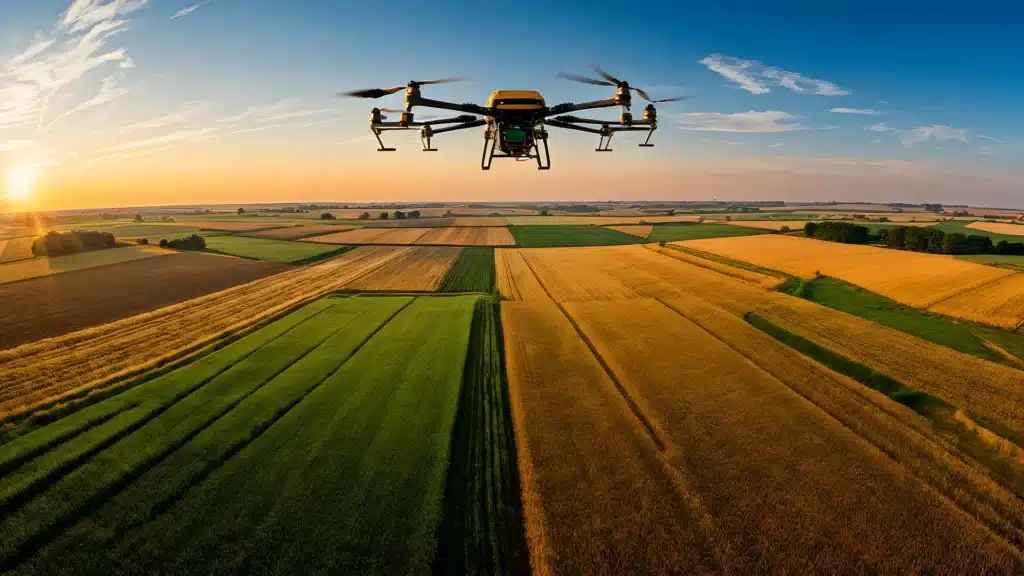
7. Real-World Examples of AI in Agriculture
The integration of AI-powered farming solutions is transforming modern agriculture, making it more efficient, data-driven, and sustainable. Two notable applications of AI-driven agriculture innovations are smart greenhouses and AI-based pest detection systems, both of which enhance productivity while reducing resource wastage.
7.1 AI in Smart Greenhouses
Smart greenhouses utilize AI and IoT in smart farming to regulate temperature, humidity, and light exposure based on real-time sensor data. These AI-driven climate control systems help optimize plant growth while conserving water and energy. By using machine learning in farming, smart greenhouses can predict optimal irrigation and fertilization schedules, ensuring maximum yield with minimal waste.
7.2 AI-Driven Pest Detection Systems
AI for pest control in farming is revolutionizing how farmers detect and mitigate pest infestations. AI-powered drones and cameras scan fields, using computer vision and precision farming with AI to identify pests and diseases early. These systems enable targeted pest control, reducing excessive pesticide use and supporting sustainable agriculture.
As AI trends in agriculture 2025 continue to evolve, these innovations demonstrate how AI and automation in agriculture are shaping a more productive and environmentally friendly farming future.
8. Future Trends in Automated Farming
The future of AI and robotics in farming is rapidly evolving, with new technologies paving the way for fully autonomous farms and smart farming solutions. As demand for sustainable and efficient agriculture grows, the integration of AI, robotics, and IoT (Internet of Things) will revolutionize farming operations, making them more data-driven, automated, and productive.
One of the most exciting developments is the rise of fully autonomous farms. These farms will rely on AI-powered farming solutions, including autonomous tractors, robotic harvesters, and automated irrigation systems, to handle all aspects of food production with minimal human intervention. With advancements in machine learning in agriculture, these smart systems will continuously analyze real-time data to optimize planting, watering, fertilization, and harvesting. Companies are already experimenting with robotic greenhouses and vertical farming, where AI controls temperature, humidity, and light conditions to maximize crop yields. In the near future, we could see large-scale farms operating entirely through AI-driven automation.
With these advancements, automated farming is set to become the standard for modern agriculture. The continued evolution of AI in agriculture will lead to higher productivity, cost savings, and a more sustainable global food system. While challenges remain, ongoing research and investment in AI farming solutions will shape the future of farming, making it more efficient, resilient, and environmentally friendly.
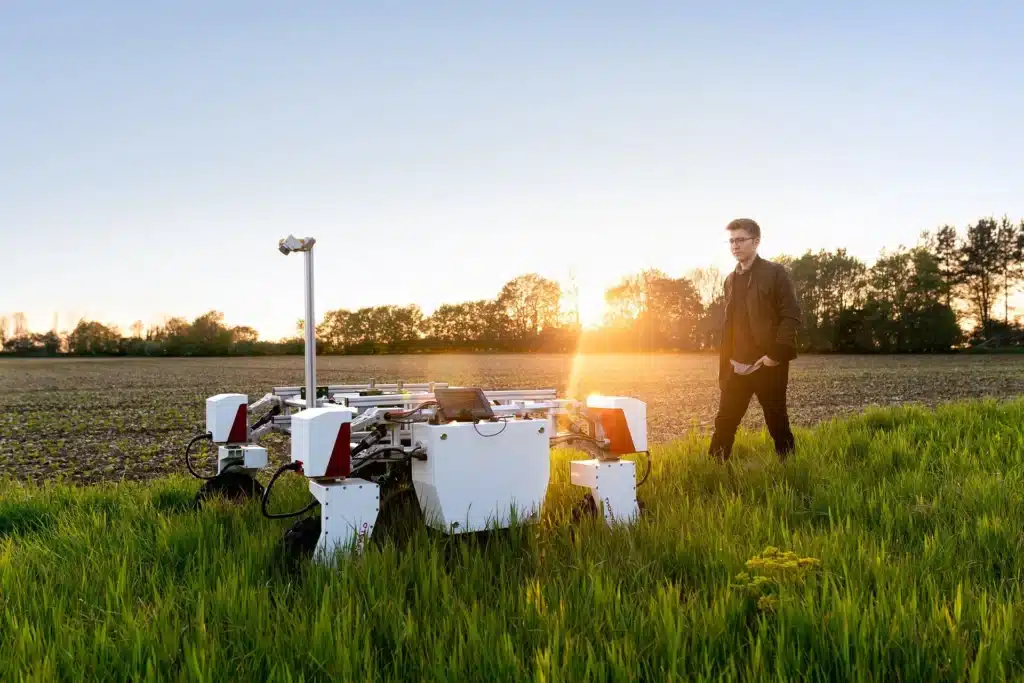
9. Conclusion
The integration of AI and robotics in farming is revolutionizing agriculture, bringing efficiency, precision, and sustainability to the industry. As automated farming becomes more advanced, farmers can leverage AI-powered farming solutions to optimize crop production, resource management, and labor efficiency. The future of farming is moving toward fully autonomous operations, where machine learning, IoT, and robotics work together to enhance agricultural productivity.
However, the road ahead for AI in agriculture is not without challenges. High implementation costs, technical barriers, and data privacy concerns need to be addressed for wider adoption. Governments, tech companies, and agricultural organizations must work together to make AI-driven solutions more accessible to farmers of all scales. Investing in education, training, and infrastructure will be key to unlocking the full potential of AI in farming.
At the same time, finding the balance between technology and traditional farming is crucial. While AI and robotics provide unmatched efficiency, traditional farming wisdom—built over generations—remains invaluable. The best approach lies in blending modern technology with age-old farming practices, ensuring that automation complements human expertise rather than replacing it entirely.
The future of AI-powered agriculture is promising, offering higher yields, cost savings, and environmentally friendly solutions. As technology continues to evolve, AI and robotics will shape the next era of farming, helping farmers meet the growing global demand for food while preserving natural resources.
FAQs:
Q1. How is AI improving farming efficiency?
AI optimizes crop monitoring, irrigation, and harvesting through precision agriculture, reducing waste and maximizing productivity.
Q2. What are the main challenges of AI in agriculture?
High costs, technical expertise requirements, and data privacy concerns are major challenges farmers face when adopting AI farming solutions.
Q3. Will AI replace human labor in farming?
AI will complement rather than replace human labor, helping farmers automate repetitive tasks while allowing them to focus on strategic decision-making.
Q4. What role does machine learning play in agriculture?
Machine learning in agriculture enables predictive analytics, helping farmers make data-driven decisions for yield optimization and pest control.
Q5. How can small farmers benefit from AI and robotics?
With the rise of affordable AI tools, small farmers can use smart farming technology to improve efficiency, reduce costs, and compete in the modern agricultural landscape.
Related Articles
Farm Automation
How AI Is Helping Organic Farmers Stay Competitive
1. Introduction: Organic farming has always been admired for its sustainability, purity,...
Farm Automation
AI Farm Assistants: Are Virtual Advisors the Future of Agriculture
1. Introduction: Imagine having a personal farm assistant who never sleeps, analyzes...
Farm Automation
How U.S. Farmers Use AI to Monitor Weather and Make Better Decisions
1. Introduction: For generations, U.S. farmers have relied on intuition and traditional...
Farm Automation
Can AI Replace Manual Labor on U.S. Farms? Here’s What to Know
1. Introduction: Imagine a cornfield in Iowa where machines handle everything from...
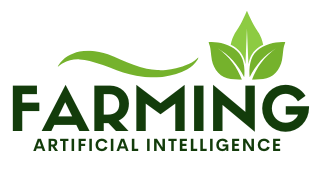
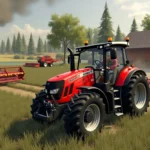
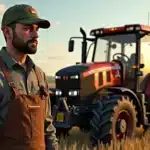
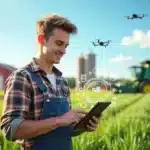

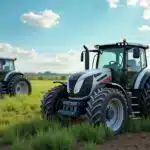

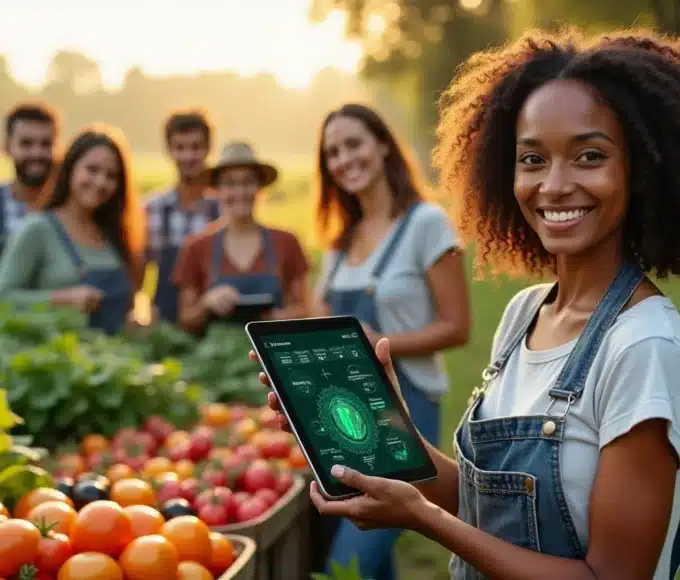
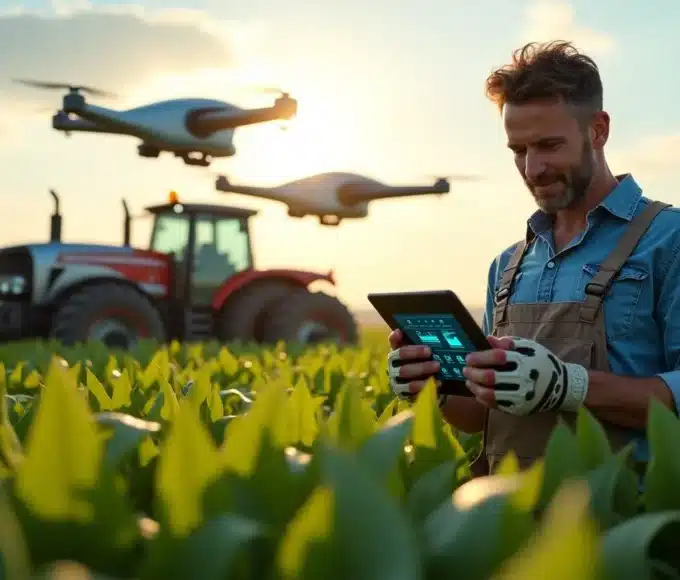
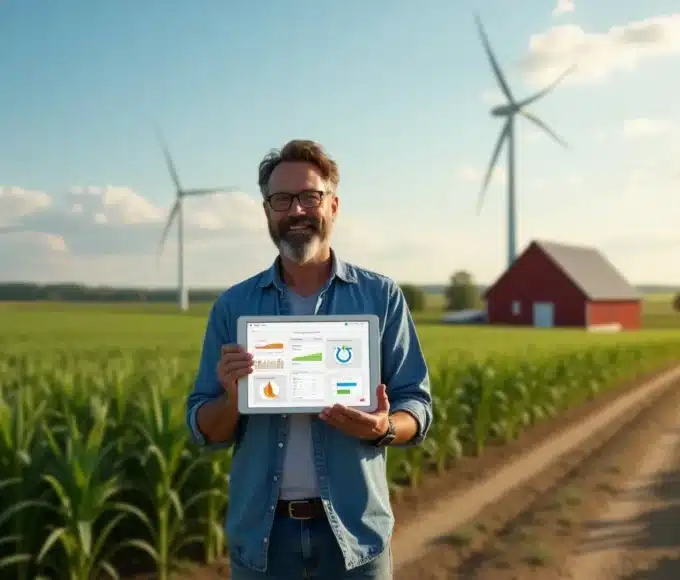
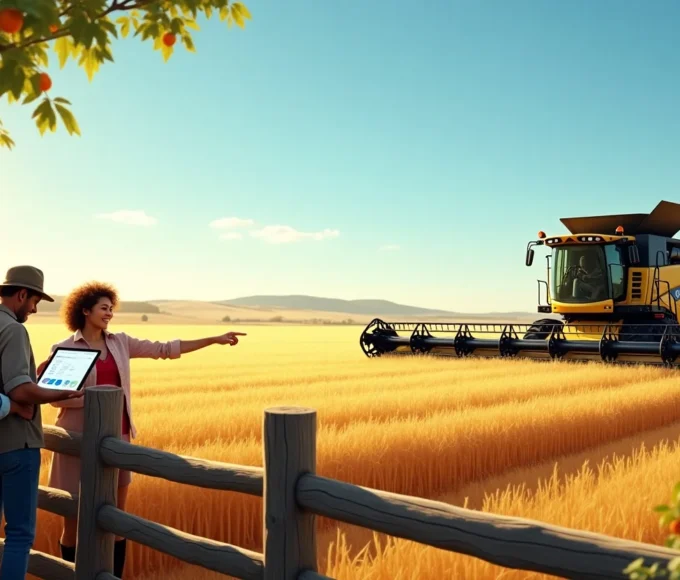
Leave a comment